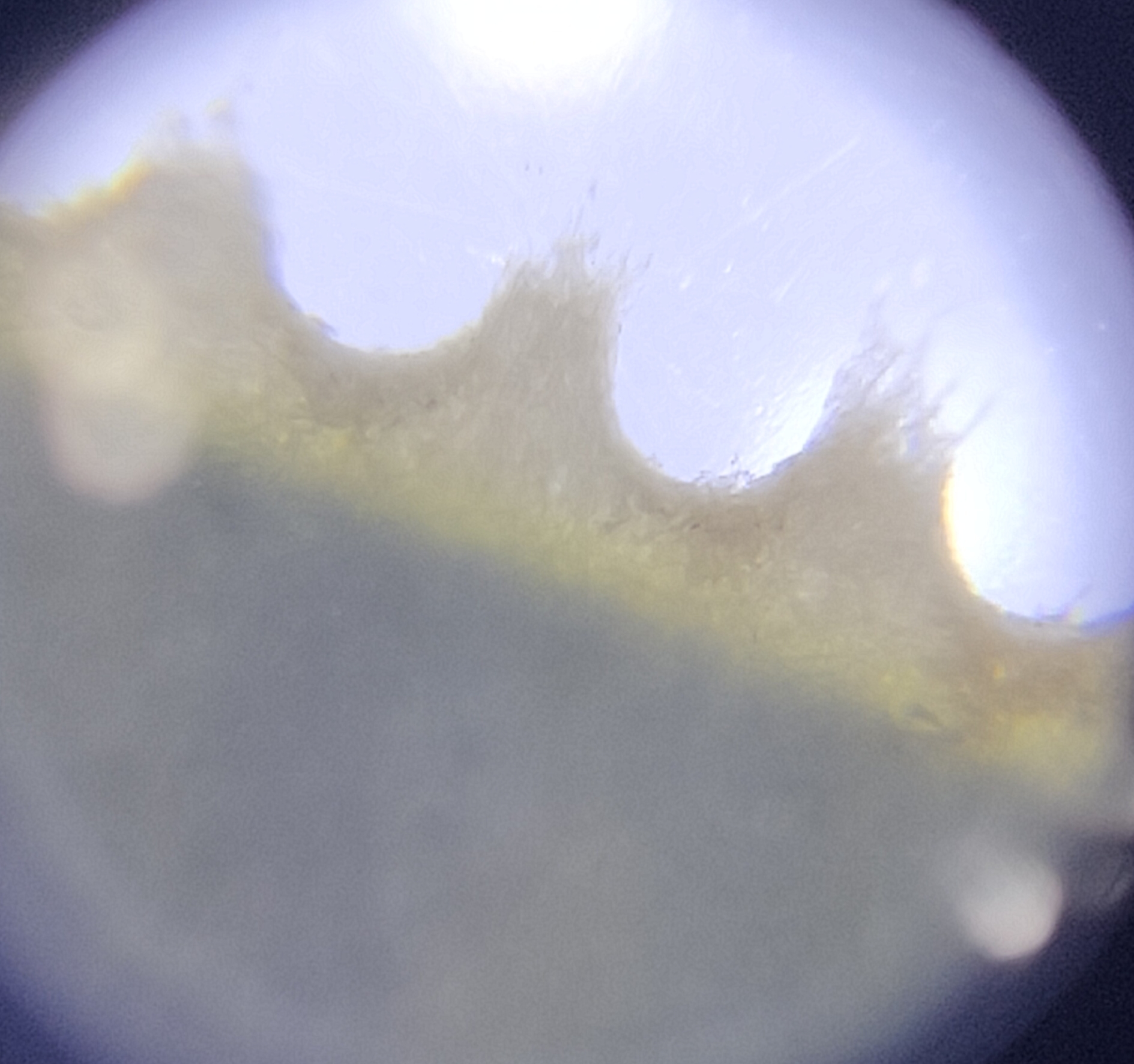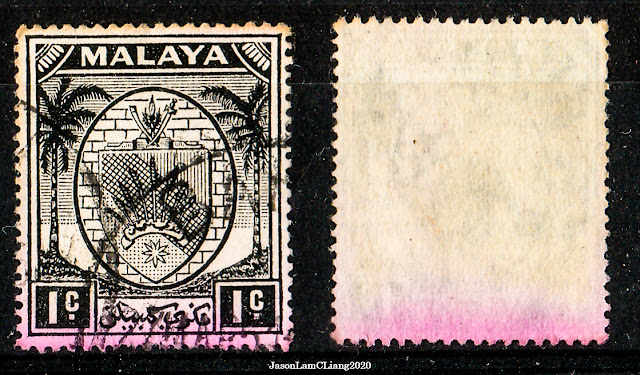Stamp collecting is revered as the king of hobbies, and coincidentally, also a hobby of kings (just like numismatics). A better term that intimately encapsulates this relationship is known as philately, which is defined as the study of postage stamps and its postal history. It is essentially the knowledge that comes along with collecting that has earned philately its recognition as the king of hobbies. The latter title, on the other hand, is attributed to how only the wealthy could afford the most premium pieces.
The first step in venturing into this hobby for many today usually begins with a clueless inheritance, which may end in two ways: an instant lookout for prospective buyers for a quick buck or embarking in a dangerously expansive and expensive journey of collecting, possibly hoarding stamps. The rationale in philately extends from the innocently simplistic admiration of a stamp's mere design to the very much complex research process that scrutinizes even the slightest details or difference in shade.
 |
Notice how two stamps of the same denomination and design can have varying shades. The stamp on the left is deep green while the one on the right is grey-green.
|
The purpose in philately, as aforementioned, varies from one person to another. It could be solely for the fun of collecting from its colorful and sometimes intricate designs. It could also be for the goal of amassing worldwide stamps of the same theme. When we delve into the greater purpose, there will be a clear distinction between money, satisfaction, and knowledge. This also directly categorizes what type of a stamp collector a person is.
As seen in auctions, stamps do fetch a fortune especially for the extremely rare such as the
British Guiana One-cent Magenta that was sold at USD9.48 million in 2014. That said, it makes perfect sense that some view this hobby as an investment. After all, it is the growing market among collectors that had transformed stamps beyond its original purpose, which is solely just as proof of payment for postage and revenue. In this context, the cost of acquiring a stamp increases on the basis of scarcity. In terms of its return, their value appreciates steadily over the years and in certain cases where there is a sudden spike or craze in demand among collectors, its value would rocket higher! Rare, scarce, obscure, unique, and flawed are some of the keywords that attract many investors.
 |
| This air mail stamp by the US featuring Amelia Earhart was issued with 64 million copies and costs no more than 30 cents. |
Leaving long-term monetary gain out of the picture, one would find oneself enjoying the hobby in its purest form - collecting just for the fun of it whilst enjoying the artwork or design that goes into each stamp. Hobbyists would collect stamps based on their favourite theme such as transportation, flora and fauna, famous people, insects, or stamps from a specific country or period. The greater purpose in simply fulfilment. Having to browse through pages after pages of stamps and knowing that you claim ownership of such stamps is a satisfying feeling, and to some extent, it feels rewarding.
Satisfactions also comes in the form of acquiring a valuable stamp from a treasure hunt amongst heaps of kiloware but a collector should already be equipped with basic knowledge of what to look for in order to score anything worthwhile. 'Old is gold' is a saying that is many a time, very inapplicable and often unreliable. This brings us to the importance of learning the worth of your collection, however, not to be misconstrued with the obligation that a collection must be an expensive one (we don't really want to be snobbishly ostentacious, do we?).
 |
| Here is a page of stamps from the Ryukyu Islands. While I do not collect any stamps from this country/territory before, I made an exception considering how each stamp issues only comprised of one stamp, which I find interesting and fun to collect. |
As one finds oneself on the more serious side of the hobby, the thirst for knowledge develops pushing curious hobbyists to searching and reading endlessly on philatelic journals and notes. The common knowledge in philately includes quantities of stamps printed, watermarks, perforations, and color. Digging deeper would result in questions on paper and gum type, paper thickness, printing techniques, subtle differences between the original and redrawn versions, forgeries and fakes, and perhaps the historical significance of certain stamps. Learning material include online forums, philatelic journals, philatelic talks, specialized stamp catalogues, and reference books.
 |
| To illustrate the more serious side of philately, this example presents two Germania issues: 1905 5pf peacetime issue (left) and the 1915 5pf wartime issue (right). The subtle difference between the two lies in the print quality, paper and gum types where the latter wartime prints have a poorer print quality that appears dark and smudgy, with the vignettes not discernible as compared to the former peacetime prints. |
With enough passion and philatelic material such as specimen stamps, progressive and die proofs, postal stationeries, one could also participate in stamp exhibitions although many stunning items are seen on letters and mails (I will surely write about marcophily - the study of postal markings in the near future). From a personal perspective, a philatelic exhibition is the pinnacle of the hobby.
 |
| Taken during the Four-Nation Stamp Exhibition 2019 held in Kuala Lumpur, Malaysia. |
Be it as an investment, or to fulfill a personal goal, or just another pastime that makes you feel occupied, philately should always be enjoyed. That said, it is also important to highlight the vast potential of the hobby that applies to all age groups: the educational purpose that answers curious children, the artistic charm that attracts young adults and hobbyists, and for investors, the alluring possibility of each piece to appreciate in value over time.
As a final note, what is your greater purpose in philately?
Note on stamps:
1. North Borneo 1954 ISC348 2 Dollars deep green & ISC348a grey green 'Murut with Blowpipe'
Wmk. Multi Script CAP. 14.5 x 13.5
2. United States of America 1963 SC C68 8 cents carmine & maroon 'Amelia Earhart & Lockheed Electra'
No wmk.
P. 11
3. Germany (German Reich) 1909 MiNr85I 5 pfennig dark green to dark opal green 'Germania'
Wmk 1, lozenges (Wz. 1 rauten)
P. 14 x 14.75
4. Germany (German Reich) 1915 MiNr85II 5 pfennig dark opal green to dark green 'Germania'
Wmk 1, lozenges (Wz. 1 rauten)
P. 14 x 14.75








Comments
Post a Comment